Introduction:
In the ever-evolving landscape of architecture and construction, the choices we make today reverberate far into the future. As we strive for progress and innovation, it's essential to consider the environmental impact of every decision, especially when it comes to selecting construction materials. From towering skyscrapers to humble abodes, every structure we build leaves an indelible mark on our planet.
In this blog, we embark on a journey to explore the environmental footprint of various construction materials. From time-honoured classics like wood and bricks to modern marvels such as steel and concrete, each material has its own story to tell. We'll delve into the production processes, examine the ecological consequences, and uncover sustainable alternatives that pave the way towards a greener future.
Together, let's build a world where our structures not only stand tall but also stand in harmony with the Earth.
Wood:
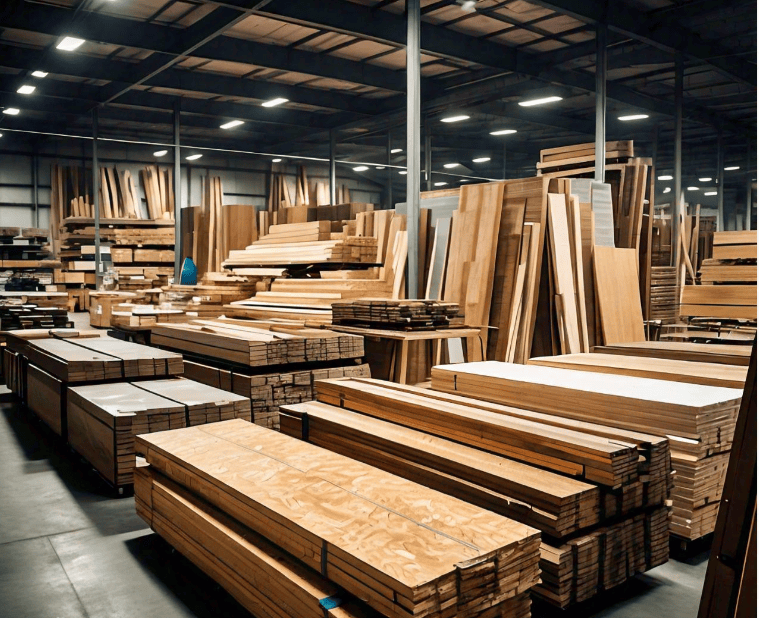
Wood, a timeless material cherished for its natural beauty and versatility, holds a prominent place in construction. Harvested responsibly, wood can be a sustainable choice, as it is renewable and biodegradable. However, the logging process can lead to deforestation and habitat destruction if not managed properly. Sustainable forestry practices and certifications such as FSC (Forest Stewardship Council) can mitigate these concerns, ensuring that wood remains a eco-friendly option for construction.
Concrete:
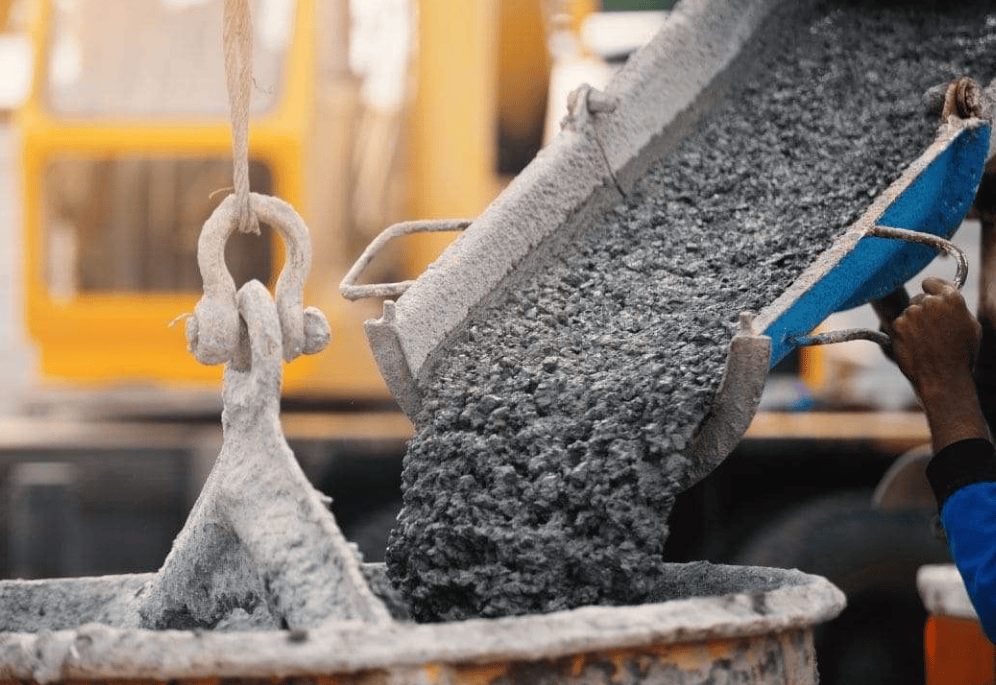
Concrete, the backbone of modern construction, offers strength and durability unmatched by many other materials. However, its production process is a significant source of carbon emissions. The extraction of raw materials like limestone and the energy-intensive process of cement production contribute to greenhouse gas emissions. Exploring alternatives like fly ash or slag in concrete mixtures can reduce its environmental impact, while advancements in carbon capture and utilization technology hold promise for mitigating emissions.
Steel:
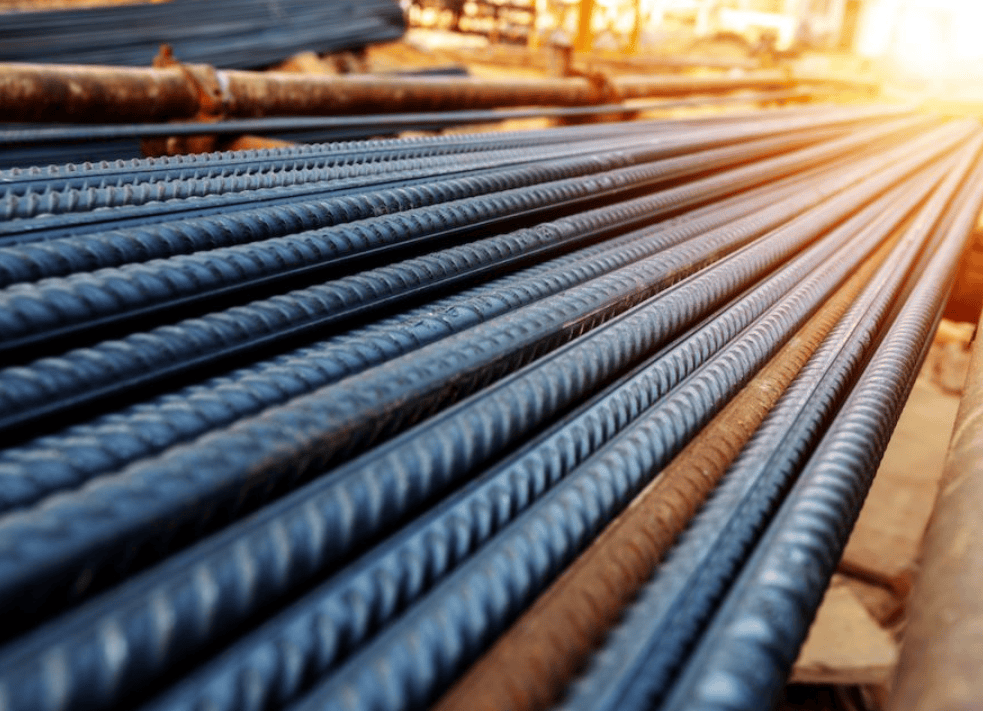
Steel, prized for its strength and versatility, is a cornerstone of modern infrastructure. While it boasts high recyclability and longevity, its production involves significant energy consumption and carbon emissions. Extracting iron ore and smelting it into steel requires vast amounts of energy, primarily derived from fossil fuels. However, utilizing recycled steel and implementing energy-efficient production methods can significantly reduce its environmental footprint.
Bricks:
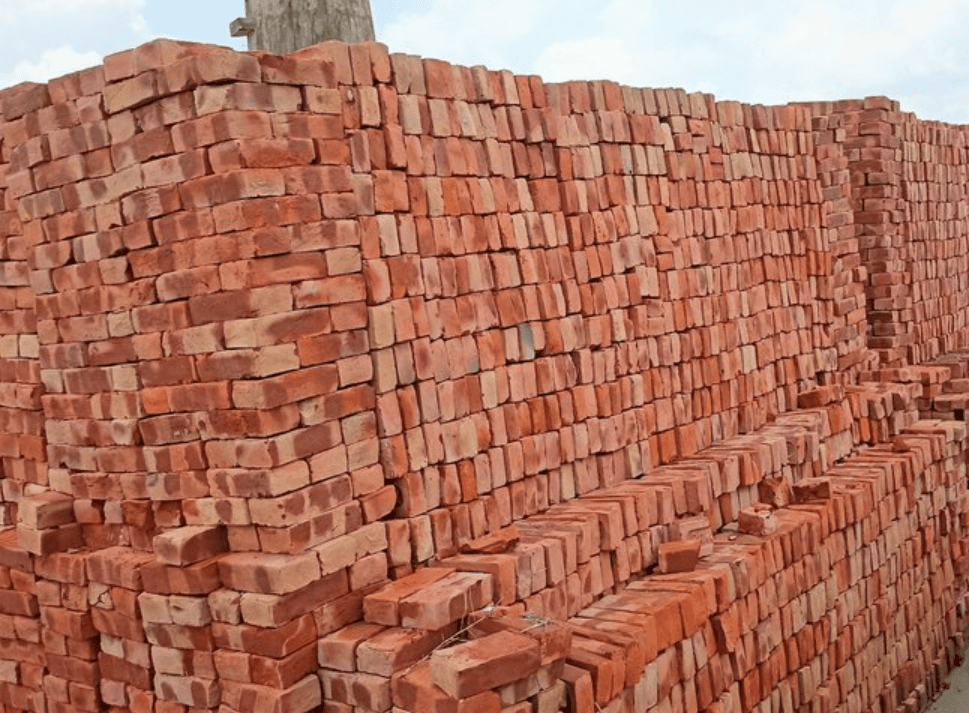
Bricks, revered for its timeless appeal and durability, has been a staple in construction for centuries. Made from natural clay or shale, bricks are inherently eco-friendly and non-toxic. However, the firing process in brick production releases carbon dioxide and other pollutants into the atmosphere. Investing in energy-efficient and utilizing alternative firing methods can minimize these emissions, making bricks a sustainable choice for construction.
Cement:
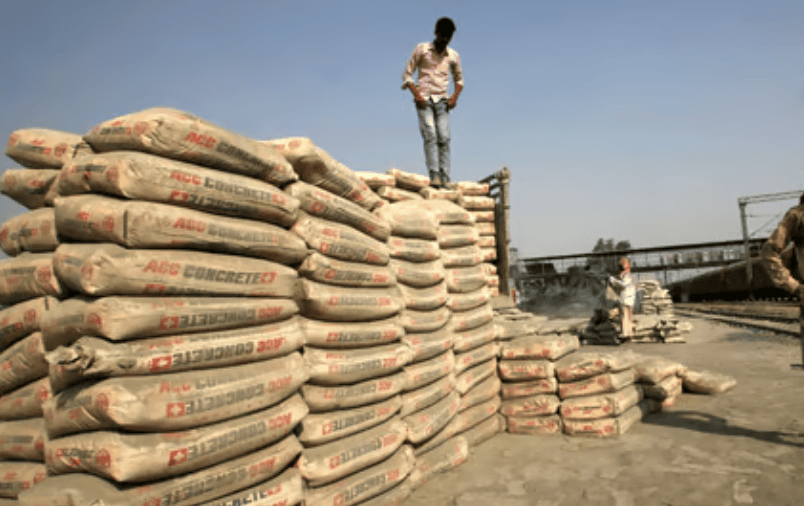
Cement, a fundamental ingredient in concrete, plays a crucial role in construction. However, its production is associated with significant environmental consequences. The manufacturing process involves heating limestone to high temperatures, releasing carbon dioxide into the atmosphere. Additionally, the extraction of raw materials and transportation further contribute to carbon emissions. To mitigate these impacts, alternative cement formulations such as fly ash or slag cement can be used, which utilize industrial by-products and reduce reliance on traditional cement production methods. Furthermore, carbon capture and storage technologies hold promise for capturing emissions from cement plants, thereby reducing their environmental footprint.
AAC Blocks:
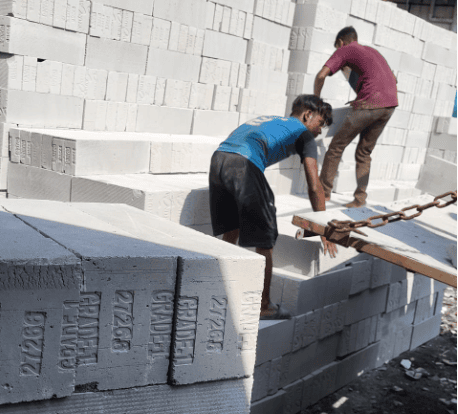
AAC blocks, lightweight and insulating, have gained popularity in construction due to their energy efficiency and ease of installation. These blocks are made from sand, cement, lime, and aluminum powder, which react to form aerated concrete. While AAC blocks boast excellent thermal insulation properties and reduce energy consumption in buildings, their production still involves the use of cement, contributing to carbon emissions. However, compared to traditional concrete blocks, AAC blocks require less raw material and energy during manufacturing, making them a more sustainable option for construction.
Solid Concrete Blocks:
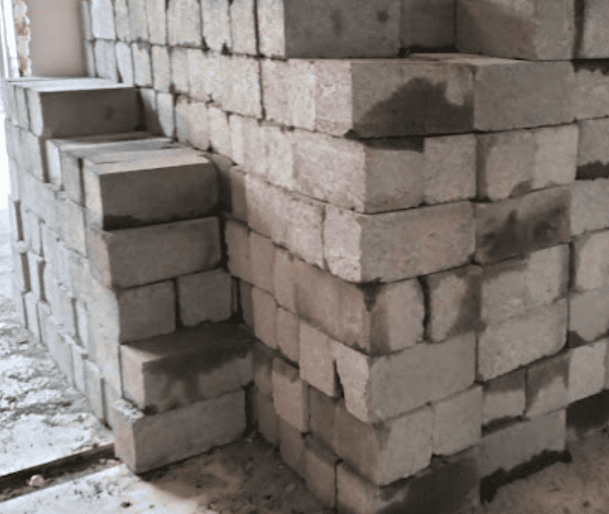
Solid concrete blocks, known for their strength and durability, have been a staple in construction for decades. Made from cement, sand, and aggregates, these blocks offer structural stability and fire resistance. However, their production process shares similar environmental concerns with conventional concrete, including carbon emissions and resource depletion. To mitigate these impacts, incorporating recycled aggregates and optimizing production techniques can reduce the environmental footprint of solid concrete blocks. Additionally, exploring alternative binders such as geopolymers, which rely less on cement, shows promise for enhancing the sustainability of concrete block manufacturing.
Alternative Materials:
Innovations in sustainable construction materials are paving the way for a greener future. From recycled plastics to bamboo and hempcrete, these alternatives offer promising solutions to reduce environmental impact. Bamboo, renowned for its rapid growth and strength, can serve as a renewable substitute for traditional timber. Hempcrete, made from hemp fibers and lime, boasts excellent thermal properties and carbon sequestration potential.
In Conclusion, As the construction industry embraces sustainability, the environmental impact of building materials like cement, AAC blocks, and solid concrete blocks comes under scrutiny. While each material has its advantages and challenges, advancements in technology and innovative practices offer pathways to minimize their ecological footprint. By prioritizing resource efficiency, reducing carbon emissions, and embracing alternative materials, we can build structures that not only withstand the test of time but also contribute to a healthier planet. As stewards of the built environment, let us forge ahead on a path where sustainability is the cornerstone of every construction project.

